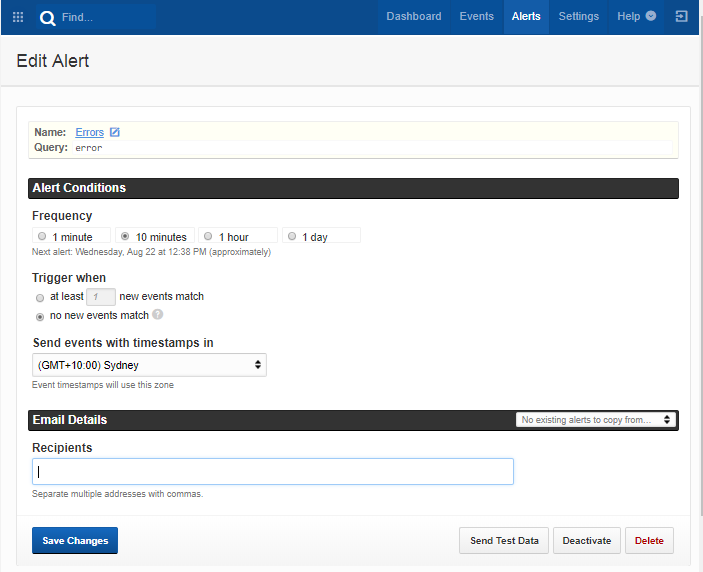


JAVA LOG FILE MONITOR HOW TO
How to Monitor Linux Server Logs Real-Time with Log.io Tool.How to Manage Server Logs (Configure and Rotate) in Linux.How to Monitor System Usages, Outages and Troubleshoot Linux Systems.They help to monitor, review, analyze and even generate reports from different logfiles as configured by a System Administrator. You can imagine having to review logfiles from several system areas and applications, that is where logging systems come in handy. In order to understand the state of the system and different applications and how they are working, System Administrators have to keep reviewing log files on a daily basis in production environments.
JAVA LOG FILE MONITOR SOFTWARE
These events may happen in system software for example the init or systemd process or user applications such as Apache, MySQL, FTP, and many more.
JAVA LOG FILE MONITOR TRIAL
Learn more about how Papertrail can give you frustration-free log management in the cloud, then sign up for a trial or the free plan to get started.When an operating system such as Linux is running, there are many events happening and processes that run in the background to enable efficient and reliable use of system resources. Moreover, it gives you analytical tools to analyze and resolve operational issues and application bugs. It is designed to help you troubleshoot customer problems and resolve error messages. SolarWinds Papertrail gives you a solution for centralized management of your logs. That’s it! Pretty easy, right? Conclusion You should see logs show up in your Papertrail account typically in just a few seconds. Now run your application to generate some logs. Public class ExceptionExample : %m%n%圎x XXXXX java-app 128000 To start, you need to create a configuration file named logback.xml under the resource directory of your project root: The Logback installation guide instructs you on how to include Logback in your app or J2EE servlet container. Among other reasons, it is faster and has native support for slf4j and automatic reloading of configuration files. There are several reasons Logback is a better choice for a logging framework than Log4j. In this section, we will show you how to use Logback for logging. They send logs to configurable destinations, such as console, file, database, SMTP server, or JMS queue. Log4j and Logback are popular and easy to use.

There are a number of Java logging libraries and frameworks available, and most developers commonly use one of them every day. Later, we’ll show you how to send those logs to the Papertrail solution. In this tutorial, you will see how a typical Java application conducts logging. It is extremely useful to look at log files in aggregate using features such as fast search, filtering on system groups, and more. SolarWinds® Papertrail™ is a cloud-hosted log management tool for viewing log files from multiple machines in a single, easy-to-use interface. Developers creating huge amounts of logs on a production system need to quickly analyze logs generated by many machines and applications. These libraries work fine for recording logs, but don’t offer a way to monitor or analyze the logs. Log4J and Logback are two well-known libraries for logging in Java applications. Logs save valuable hours for both the support team and the developers by giving them contextual information to determine the cause of problems and how to fix them. Logging is the process of recording messages during the execution of a program, typically for troubleshooting operational problems or software bugs.


 0 kommentar(er)
0 kommentar(er)
